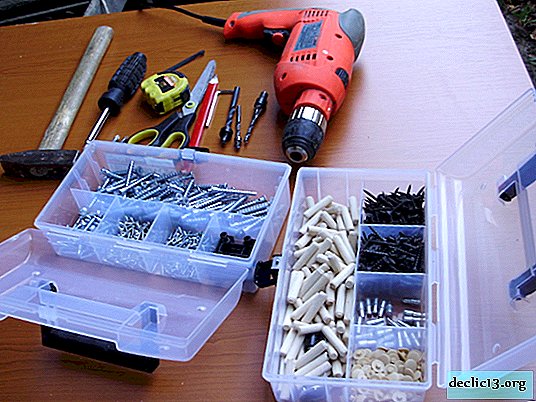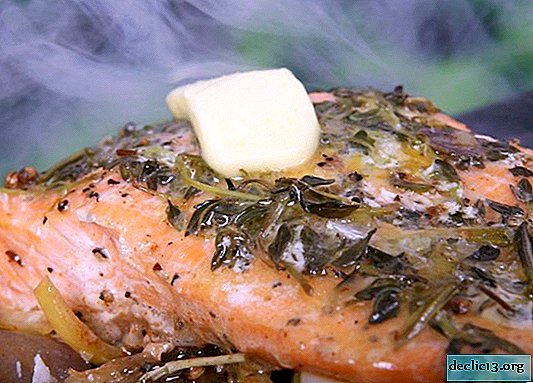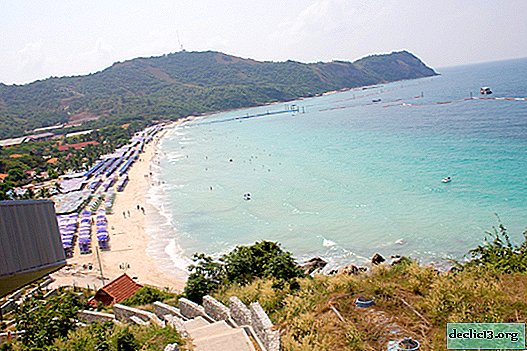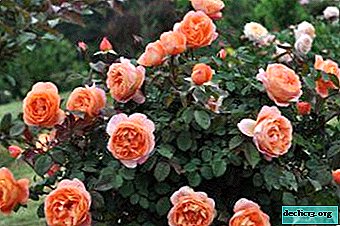Ancient Hawaiian palm or brigamia: description, types and care at home
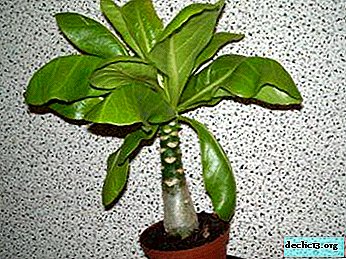
The brigamy plant belongs to the Kolokolchikov family. Also, this plant has other names, for example, "palm-volcano" and "Hawaiian palm."
Brigamia is a relatively ancient plant, as it has existed on Earth for more than a million years. Despite this, the attention of lovers of indoor flowers was turned to him recently and not everyone still knows how to care for him.
This article will talk about what kind of plant it is, under what conditions it should be kept indoors and how to propagate it.
Description and specifications
Hawaiian islands are home to the plant. It grows mainly on the slopes of volcanoes. For a million years, the plant has never changed its appearance. Only his flowers increased, which grew by as much as fifteen centimeters.
Due to the fact that people destroyed the insects that pollinated this plant, it became threatened with extinction. This period lasted about twenty years. The situation was resolved by local scientists who pollinated the plants on their own. At the same time, they had to climb to a height of more than one kilometer above the sea.
Appearance and smell
This flower is very unusual in its structure. It has a large stem, the tissues of which store moisture, as a result of which the plant can survive dry times. In addition, it is covered with a scarred pattern. Smooth, shiny, green leaves, thirty centimeters long, grow in the form of a rosette and are located at the very top of the stem.
The main feature of this plant is that the leaves can fall and turn yellow. White juice is also highlighted. In height, this plant reaches a little more than three meters. At home, the plant is able to grow only up to a meter.
Total inflorescences of the plant from three to eight pieces. The smell of brigamia is similar to the smell of vanillin. It blooms from early autumn to mid-autumn.Is it easy to grow and how long does it live?
Growing this plant is not so difficult, the main thing is to follow a number of not tricky rules for caring for it. This plant lives with proper care for many years.
Kinds
In total, there are two types of brigamy and their differences are not immediately visible.
Rocky

This species is most often grown at home. In this species, the flowers are yellow and the trunk to the top begins to narrow.
The main difference between this species is that it has a thick stem.
Insignis or Wonderful (Gorgeous)

This type of brigamy has a swollen stem. Flowers have a cream or yellow color. A wonderful brigamia seeds are under the skin, which has a rough surface.
Home Care
- Lighting. Brigamia needs a lot of sunlight, but lighting should be made brighter gradually.
If without preparation the plant is placed in direct sunlight, the plant will receive numerous burns and leaves will fall off.
- Temperature. Brigamia loves warmth and this is due to its origin. From the beginning of spring to the end of autumn, the temperature should be from twenty-four to twenty-seven degrees Celsius. In winter, it should be sixteen degrees Celsius.
- The location. Brigamia can be located in the garden or on the balcony. In summer, the plant must be taken out into the fresh air, and in autumn brought into the house.
- Watering. Because of its trunk, the plant can perfectly do without frequent watering. The maximum plant without watering can survive a month and a half. Before watering, make sure that the whole soil is dry, otherwise the plant will rot. Also, the water should be five degrees higher than the temperature in the room temperature.
- Air humidity. In no case should the air be dry, so humidity should be seventy-five degrees. Every day you need to spray the plant with warm water.
- Top dressing. It is not necessary to feed the plant with fertilizers. If brigamia still needs fertilizer, then it is worth using fertilizer for cacti. Top dressing can be done in spring and summer, once every thirty days.
- The soil. The acidity of the soil should be either neutral and weak. The soil can be bought both in the store and made independently. To do this, mix sand (fifty percent) with a substrate for cacti (fifty percent). A layer of drainage of up to four centimeters should be put under the soil.
- Pruning. Pruning this plant is not needed.
Breeding
Cuttings
- Cuttings are cut from the top of the plant and planted in sand steamed in the oven.
- Then it is covered with a film, and sometimes it is ventilated and sprayed with warm water.
- When the stalk is rooted, the film should be removed, while the temperature should be twenty-five degrees Celsius.
Seeds
 The best way to reproduce is to propagate by seed.
The best way to reproduce is to propagate by seed.
- To do this, the seeds must be kept in water for twenty-four hours, and then give them forty-eight hours to dry.
- Then plant them in the prepared soil, which contains peat, sand and sawed.
- The greenhouse, in which the seeds should be kept all this time, should be ventilated every twenty-four hours. The first sunrises will be in about twenty-one days.
- When the sprouts are about two to three centimeters, it is necessary to dive and transplant into separate pots.
In addition, you can conduct pollination yourself.
Transfer
If the plant is still very young, then it should be transplanted once every twelve months. If the plant is already an adult once every thirty-six months. Usually, a transplant is performed in early spring.
When transplanting brigamia, its root system should be twenty centimeters in the drainage.Transplant Method:
- First, we select a pot for transplantation, which should not be deep.
- We fill in a layer of a drainage or expanded clay layer.
- Then we carefully transplant the plant there and sprinkle with earth.
- Watering is necessary a week after transplanting.
A soil mixture for cacti can be added to the drainage layer, sand is added to it.
Diseases and Pests
One of the most common pests is a spider mite or aphid with whitefly. When diseases and pests appear, it is necessary to use a solution of insecticides.
Content difficulties
When the plant begins to bloom, then brigamy should never be transplanted or moved from place to place. Otherwise, all the leaves will fall off along with the buds. In autumn, the plant needs twelve hours of lighting. Since brigamy belongs to indoor plants, it can become an unusual decoration in kindergartens made of stones or greenhouses.
In Hawaiian islands, locals use brigamia leaf juice as a healing or disinfectant. In order for the plant to fully grow and develop, it needs to be given proper care.



